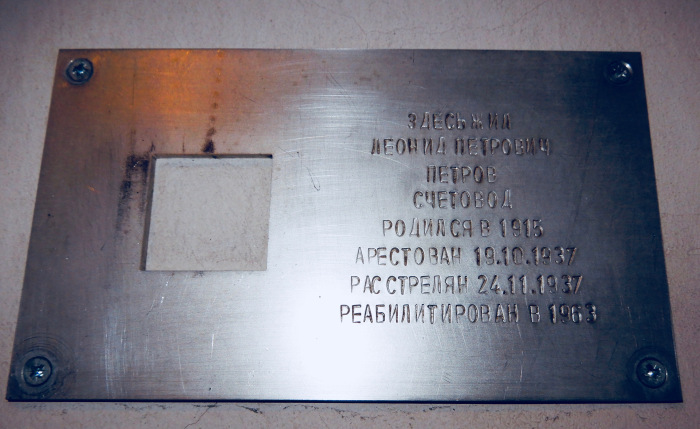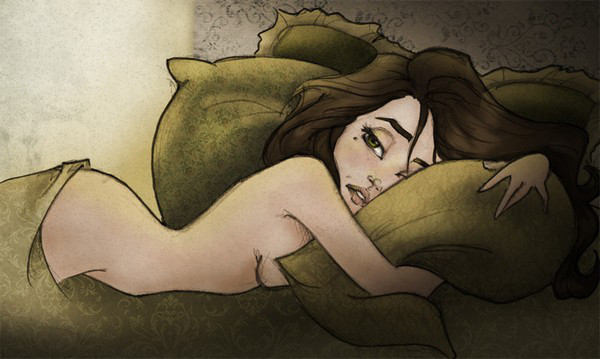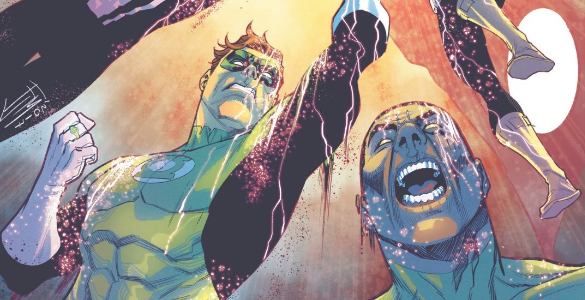I have written about the Last Address project on a few occasions in the past. Put simply, its goal is to commemorate the victims of Stalin’s Great Terror by mounting simple metal plaques on the façades of the buildings where they lived before they were arrested, taken away, and, in the majority of cases, shot by the NKVD’s killing machine, usually fairly soon after their arrests on trumped-up charges.
The plaques, designed by architect and sculptor Alexander Brodsky, are ordered and paid for either by residents of the buildings or relatives of the victims.
As far I understand it, the other residents of the building should have, at very least, no objections to the idea of mounting the plaques. If they do, the plaques are not mounted.
I know only of a few cases in Petersburg in which this has happened, and they usually involved privately owned buildings in which the sole proprietors or property management companies running the buildings nixed the idea, rather than ordinary apartment dwellers.
Otherwise, the city has begun to slowly fill up with these silent but eloquent witnesses to the unspeakable injustice visited upon thousands of its residents in the 1930s by the Stalin regime.
When I was walking home this evening along Marat Street, in central Petersburg, I came upon four plaques I had not noticed before. I was able to retrace their exact locations using the map on the Last Address website.
 “Here lived Vasily Alexeyevich Lvov, welder. Born 1892. Arrested 1 February 1937. Died in a labor camp in Kolyma, 12 December 1937. Rehabilitated 1938.” Mr. Lvov lived in flat no. 29 at 75 Marat Street, Leningrad.
“Here lived Vasily Alexeyevich Lvov, welder. Born 1892. Arrested 1 February 1937. Died in a labor camp in Kolyma, 12 December 1937. Rehabilitated 1938.” Mr. Lvov lived in flat no. 29 at 75 Marat Street, Leningrad.
 “Here lived Pyotr Alexandrovich Petrov, engineer. Born 1879. Arrested 2 October 1937. Shot 24 November 1937. Rehabilitated 1963.” Mr. Petrov lived in flat no. 36 at 65 Marat Street, Leningrad.
“Here lived Pyotr Alexandrovich Petrov, engineer. Born 1879. Arrested 2 October 1937. Shot 24 November 1937. Rehabilitated 1963.” Mr. Petrov lived in flat no. 36 at 65 Marat Street, Leningrad.
 “Here lived Leonid Petrovich Petrov, bookkeeper. Born 1915. Arrested 19 October 1937. Shot 24 November 1937. Rehabilitated 1963.” Mr. Petrov also lived in flat no. 36 at 65 Marat Street, Leningrad. Judging by his patronymic and the difference in their ages, he was probably Pyotr Petrov’s son. As fate or the NKVD would have it, they were shot on the same day.
“Here lived Leonid Petrovich Petrov, bookkeeper. Born 1915. Arrested 19 October 1937. Shot 24 November 1937. Rehabilitated 1963.” Mr. Petrov also lived in flat no. 36 at 65 Marat Street, Leningrad. Judging by his patronymic and the difference in their ages, he was probably Pyotr Petrov’s son. As fate or the NKVD would have it, they were shot on the same day.
 “Here lived Yuri Yevgenyevich Gezekhus, technologist. Born 1900. Arrested 23 October 1937. Shot 24 November 1937. Rehabilitated 1963.” Mr. Gezekhus also lived in flat no. 36 at 65 Marat Street, Leningrad. Most likely, this was a communal flat, because the information in Memorial’s database does not indicate that Mr. Gezekhus was related to the Petrovs nor did any of the three men share a workplace. And yet, given the fact that they shared a flat and were all shot on the same day, the NKVD probably fabricated a story about the men’s involvement in the same ring of wreckers, spies or saboteurs in order to justify their arrest and quick executions.
“Here lived Yuri Yevgenyevich Gezekhus, technologist. Born 1900. Arrested 23 October 1937. Shot 24 November 1937. Rehabilitated 1963.” Mr. Gezekhus also lived in flat no. 36 at 65 Marat Street, Leningrad. Most likely, this was a communal flat, because the information in Memorial’s database does not indicate that Mr. Gezekhus was related to the Petrovs nor did any of the three men share a workplace. And yet, given the fact that they shared a flat and were all shot on the same day, the NKVD probably fabricated a story about the men’s involvement in the same ring of wreckers, spies or saboteurs in order to justify their arrest and quick executions.
Memorial’s Last Address database currently contains 341,582 addresses. When three plaques were mounted on the building where I live, I used the database to locate the names and addresses of all the people who had once lived on our street and were arrested and shot during the Great Terror.
Even though our street consists only of two longish blocks and twenty tenement houses, I discovered that fifty-four (54) of its residents had fallen victim to Stalin’s Great Terror.
Extrapolate those numbers onto the entire country, where, as we know now, the NKVD was working to meet arbitrarily established quotas for the numbers of people to be arrested and shot in each region, town, and neighborhood, and you conjure up an utterly horrifying picture. It is a picture that becomes ever more palpable as the Last Address team slowly installs its tiny memorials to the dead all over Petersburg. TRR
Share this:




